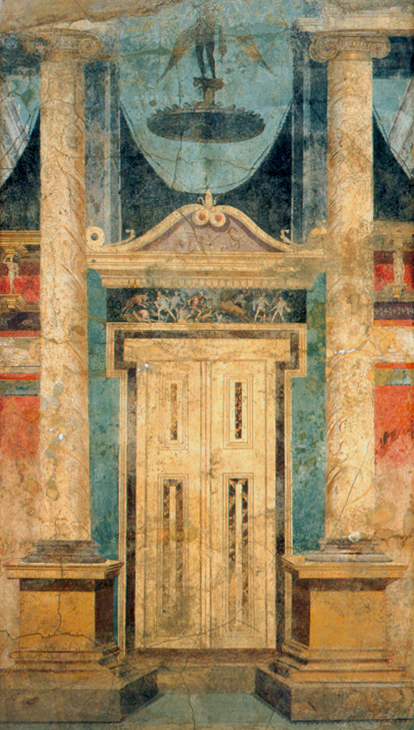This online publication is dedicated to the unknown artists whose work features in this project and to Gilbert Picard whose 'absurd' proposition concerning the significance of false-door imagery in ancient Italo-Roman houses guided my research:
“The door is found in all the ancient arts, with the exception of that of classical Greece, for more than a thousand years, and it always has the same meaning. It is the entrance into the underworld or what amounts to the same thing, the entrance to the tomb. How could it have had another meaning in Romano-Campanian painting?”
“This obvious conclusion, however, has been universally set aside until now, because no one was willing to admit that a Roman could have thought of having a tomb painted on his bedroom wall, a motif hardly conducive to pleasant thoughts; on the contrary, one likely to give terrible nightmares to whoever believed in ghosts, which was almost everyone. However this apparently absurd idea becomes less so if we remind ourselves of several well-known aspects of the old Roman religion.”

( Gilbert Picard Roman Painting 1970:97 )
|